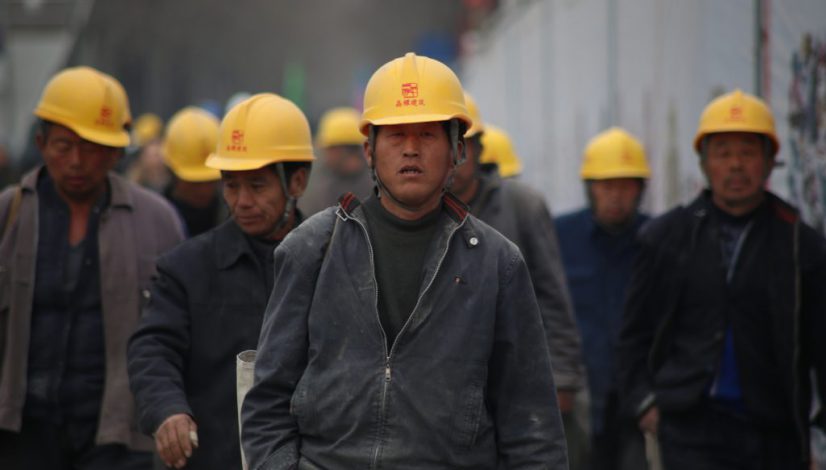Trump Tariffs Make Manufacturing in China Costly
With US President Donald Trump’s tariffs going into effect, manufacturing in China is becoming more costly and problematic. Firms looking to remain competitive and to keep production costs low while selling to the US market have real concerns about remaining in China. For some, a new alternative is beginning to look a lot more attractive than it has in the past.
Tariffs Hampering Manufacturing in China
For decades, China has been the offshore location of choice for manufacturing. Very low labor costs have positioned the Asian country to mass produce much of the products sold in the United States. But in the past several years, things have begun to change:
- Oil prices have risen, making trans-pacific transportation costlier
- Intellectual property regulations are frequently lacking or unenforced
- Chinese wages have grown rapidly
As a result, the US and North America at large has begun to experience a reshoring effect. Many firms just don’t see much savings in China these days. But recently, manufacturing in China has become even more problematic, as new import tariffs are being slapped on both the US and China in an escalating conflict that some are going so far as to call an all-out trade war.
In January of 2018, the US federal government announced a 30% tariff tax on foreign solar panels, provoking China, which is the world’s leading manufacturer of the panels. Next, in April, Trump’s administration levied tariffs on steel and aluminum imports from China and other countries in the interest of national security. Then in July, the US further imposed a 25% import tariff on $34 billion worth of goods made from manufacturing in China, citing the trade deficit between the two countries. Days later, the US also announced a 10% tariff on another $200 billion worth of consumer goods made in China. The Asian manufacturing giant responded with a round of retaliatory tariffs of 25% and 15% on many US goods.
The Cost
Manufacturers are now realizing that manufacturing in China is no longer a viable cost-saving strategy. As input costs rise, what remaining savings manufacturers hope to achieve from labor costs in Asia are dwindling. According to a new study:
- 70% of manufacturing respondents believe the tariffs will increase their costs in the next year.
- Two thirds believe the tariffs have already begun increasing their costs.
- 50% of manufacturing respondents are reporting profitability concerns for 2018.
Alternative Manufacturing Locations
Fortunately, there are compelling reasons that the answer may be the already popular reshoring option. Those manufacturing in China may benefit from moving production to one of two North American geographies: Mexico or the US.
- United States
Ideally, manufacturers can relocate to the states to avoid the tariffs altogether as well as the transportation costs of moving freight across the Pacific. With recent cuts in corporate taxes, this may be a more viable option than doing business in Asia. - Mexico
Manufacturing in Mexico has long been considered an equal or better option than manufacturing in China. And in the past several years – thanks in part to NAFTA – Mexico has become a far better choice in the minds of many. In fact, even some US manufacturers are moving to Mexico in response to the tariffs. Due to low-cost, highly skilled labor, proximity to the US, and a value chain integrated with the US, Mexico offers most of the positives of manufacturing in China plus some – and without the negatives. And using a shelter service or contract manufacturer south of the border makes it even easier.

